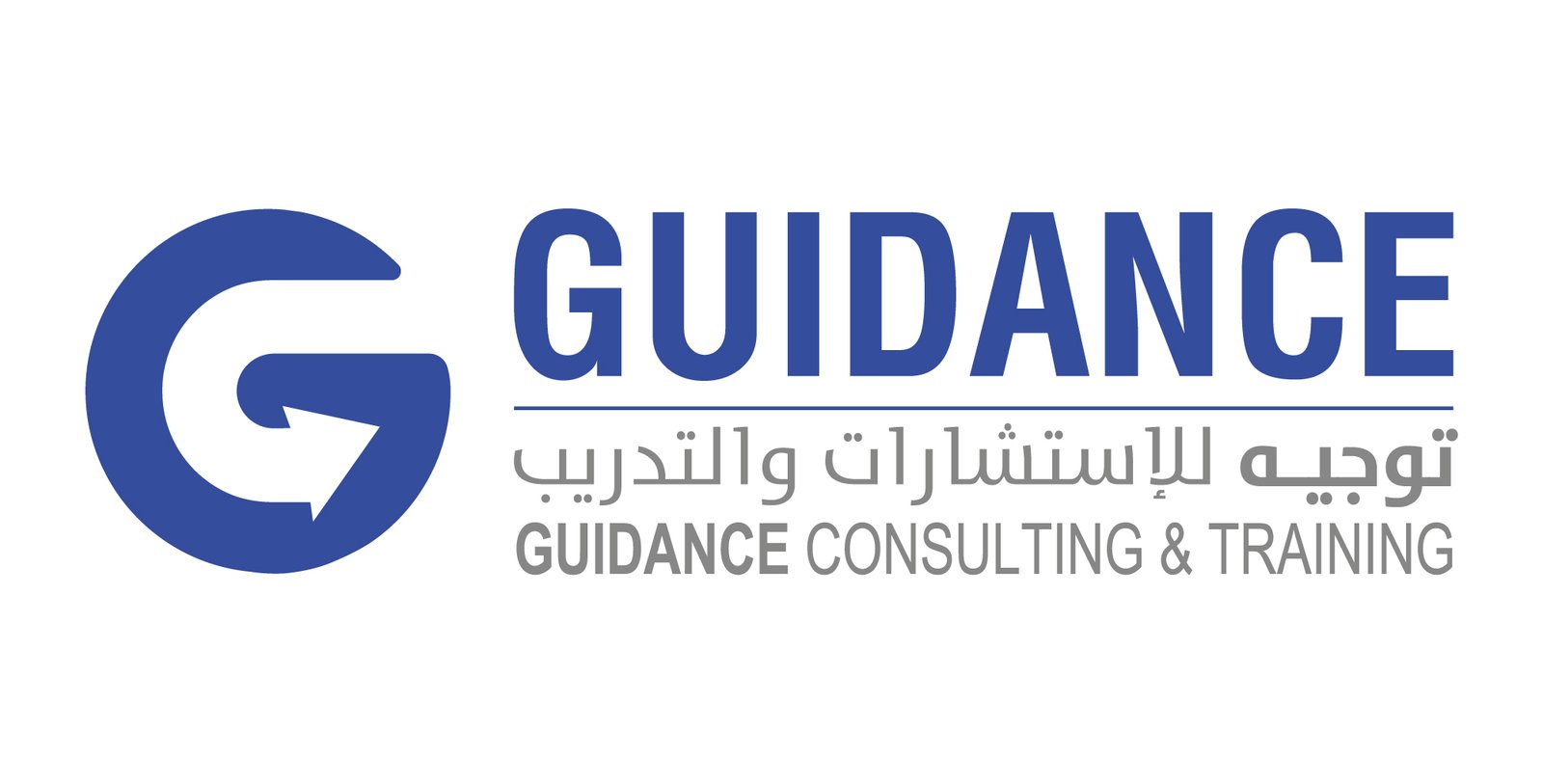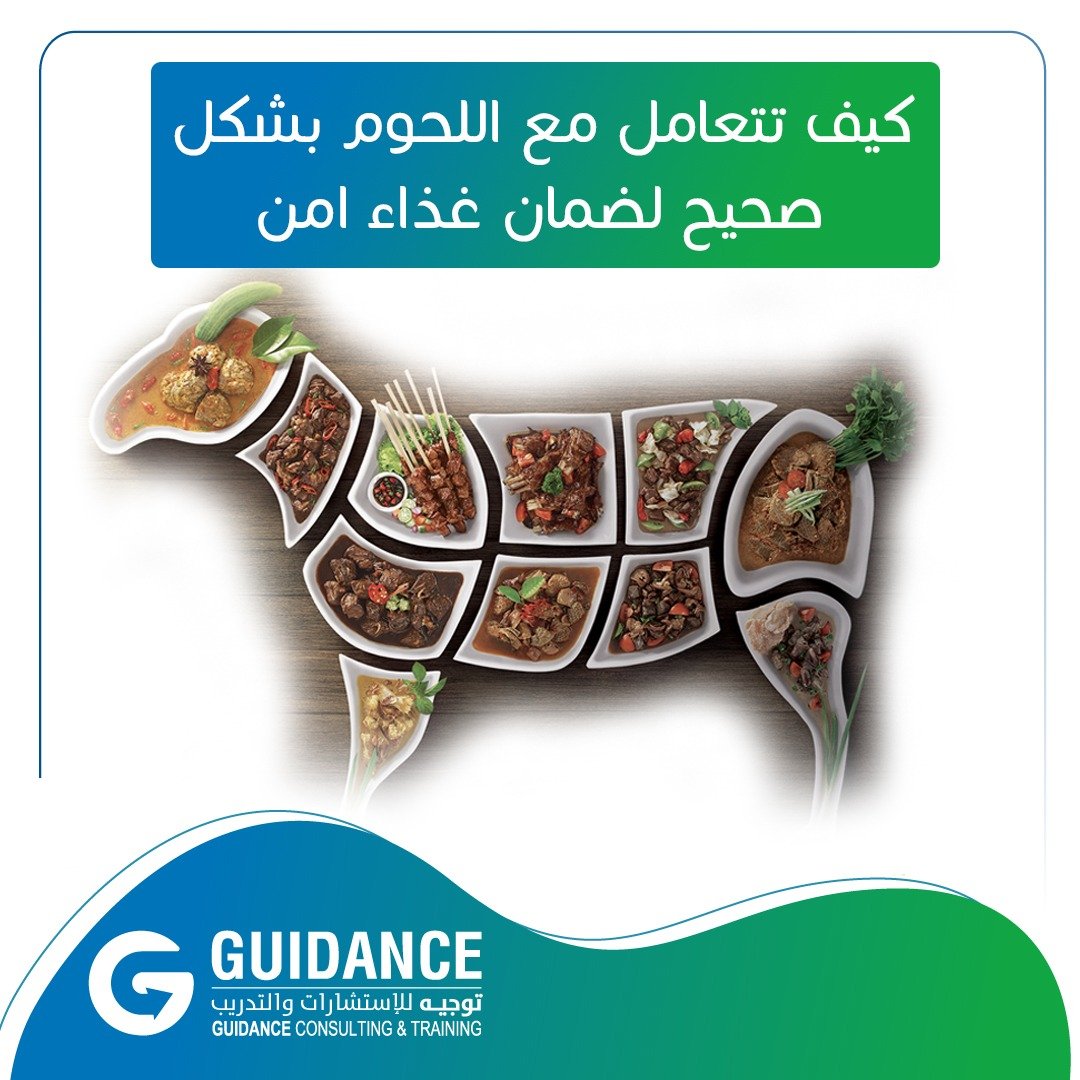How to handle meat properly to ensure safe food
Raw meat is one of the most common factors that spread pathogens if not handled properly, so it is important to know the requirements for the safe handling of meat during all stages, from slaughtering to cooking.
First: Ensuring safe food begins with the safe slaughtering of the sacrifice
How to handle meat properly to ensure safe food

◼ Slaughter must be of healthy animals free of diseases.
◼ They must be slaughtered according to the provisions of Islamic law and their blood must be completely drained.
◼ It is forbidden to slaughter animals treated with veterinary medicines until the period of the medicine leaving the body has passed (usually from two weeks to a month).
◼ The skin, head, and entrails are removed, and we care not to open or tear viscera to avoid contamination of their contents.
◼ The carcass is washed well with clean water and any dirt is removed (it is important to do this well here so it is not washed elsewhere).
◼ Cut it with clean knives and on clean surfaces, then put it in clean bags.
As for the entrails:
It is preferable not to keep them, and if you want to, we make sure that they are handled in a separate place and by a person different from the person handling the carcass to avoid contamination of the carcasses with pathogenic microbes while washing them well and disinfecting them with vinegar or boiling them. The person handling the entrails does not touch other carcasses or surfaces after finishing.
After obtaining a healthy and clean carcass and transporting it to homes, it is forbidden to wash the meat in the kitchens because it has already been cleaned after slaughtering, meat washing is one of the main causes of the spread of microbes on kitchen surfaces, utensils, and other foods. Only the correct cooking process is sufficient to eliminate any pathogenic microbes.
In general, we always ensure that when dealing with meat at home to clean the dishes, utensils, surfaces, and hands immediately after touching raw meat to stop the spread of bacteria.
Second: Safe cooling of meat
Meat is cooled to about zero degrees Celsius within 24 hours maximum and placed in closed containers on the lower shelf to avoid dripping and contamination of other foods.
Third: Safe freezing of meat
Meat is frozen within a maximum of 48 hours to reach a temperature of less than -18 (and good freezing is ensured by checking that the meat is solid in texture and does not contain any soft tissues).
Fourth: Safe thawing of meat after freezing
One of the most dangerous practices is thawing frozen meat at room temperature or soaking it in water because these practices lead to a significant increase and growth of microbes, which can even make regular cooking ineffective with all microbes in addition to spreading microbes in the kitchen.
The correct way to thaw frozen meat is in one of the following ways:
1. On the bottom shelf in the refrigerator for a day or two in closed containers
2. Thaw it in the microwave and then cook it immediately afterward
3. Place it under running water while inside the bags and tightly closed (provided that cold water is used, not hot)
4. Cook directly while frozen with an increase in cooking time
Fifth: Safe cooking of meat
Proper cooking guarantees the elimination of harmful bacteria. If the meat is not cooked well, it may cause food poisoning. We ensure that meat is fully cooked when a pink or red color inside the meat is absent.
Guidance for Consulting and Training will help you ensure safe food if you have an institution or food facility to protect your product/service from exposure to any fungal toxins by qualifying it for the international ISO standards for food safety ISO 22000 and the HACCP system for identifying hazards and critical control points.
If your food facility is industrial, you can request consultations regarding good manufacturing practices (GMP), good hygiene practices (GHP), and food safety BRC, whether in restaurants, hotels, or central kitchens.
Guidance for consultation and training
We have the knowledge and experience to qualify institutions and individuals to comply with the requirements of the Saudi Standards, Quality and Environment Organization, the Saudi Food and Drug Authority, and other entities that impose legal and mandatory requirements in the Saudi market to achieve quality and the Kingdom’s Vision 2030.
To qualify your facility, train its personnel and fulfill the required documents to implement the quality and ISO systems to ensure safe food.


